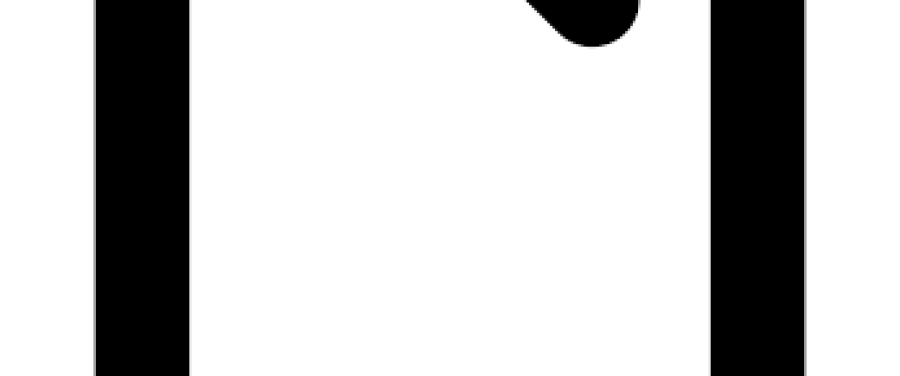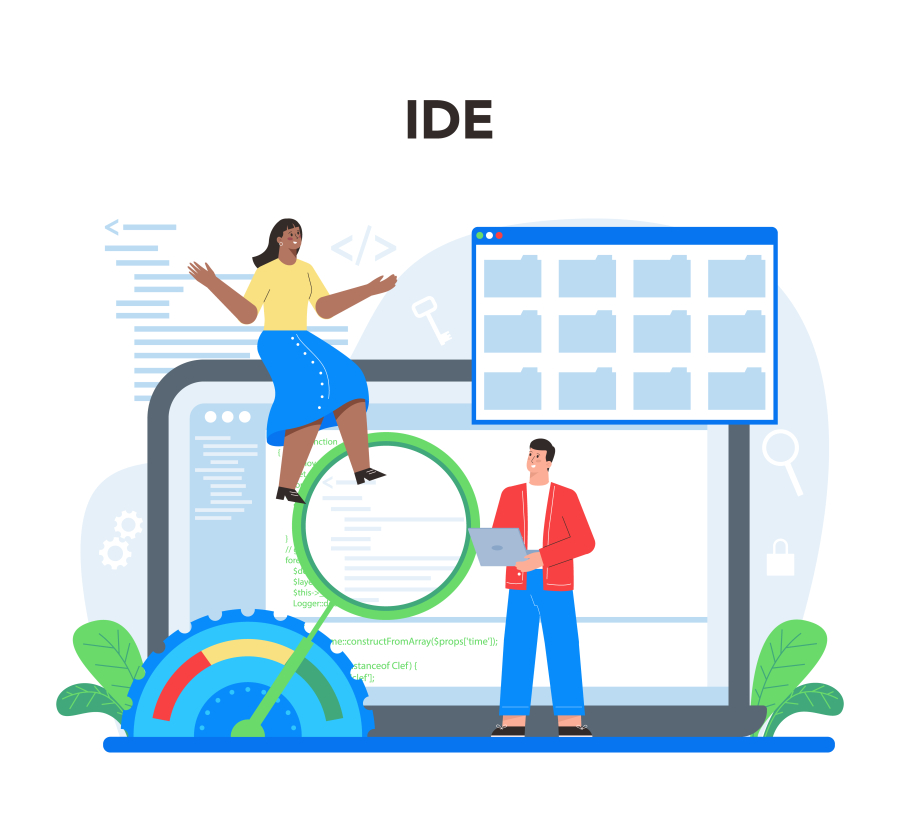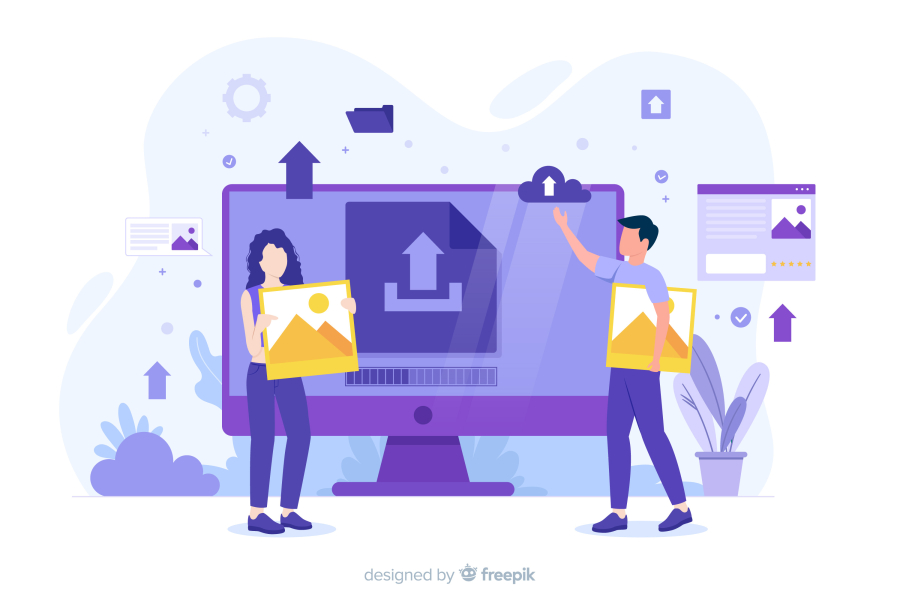How to Price Interior Design Freelance Projects
Pricing freelance interior design projects can be one of the most challenging aspects of running a successful creative business. Unlike fixed-salary roles, freelance work requires you to balance fair compensation with market expectations, project scope, and client budgets — all while ensuring profitability.
For freelance interior designers, getting the pricing right not only helps attract clients but also sustains long-term business success. Whether you're just starting out or looking to optimize your existing pricing structure, this guide will walk you through how to set, present, and negotiate interior design fees confidently.
Long Description: How to Price Interior Design Freelance Projects
Setting the right price for freelance interior design services is a combination of strategy, research, and experience. You must account for your expertise, time, costs, and market demand — while also offering flexibility and transparency to your clients.
Here’s a step-by-step breakdown of how to price interior design freelance projects effectively:
1. Understand the Scope of the Project
The first step in pricing accurately is fully understanding the project’s scope. Consider the following factors:
Size and type of space (e.g., studio apartment, office, retail space)
Project complexity (basic decor refresh vs. full renovation)
Client expectations (mood boards, 3D renders, shopping assistance)
Deliverables (drawings, color palettes, layout plans, etc.)
Timeline and urgency
Clearly defining what’s included (and not included) in the scope avoids miscommunication and undercharging.
2. Choose the Right Pricing Model
Freelance interior designers use several pricing methods based on the nature of the work and client preferences. Common pricing models include:
Hourly Rate
Best for consultations, small revisions, or undefined scopes
You charge for the actual time spent
Track time using software like Toggl or Harvest
Flat Project Fee
Ideal for well-defined, end-to-end design projects
Offers cost predictability to clients
Requires accurate estimation of hours and tasks
Per Square Foot
Useful for large commercial or residential spaces
Common in architecture and luxury design projects
Requires clear communication about what’s covered per square foot
Percentage of Budget
You charge a percentage (e.g., 10–20%) of the total project budget
Common in full-service interior design (design + sourcing + management)
Requires transparency with vendor purchases and client budgets
Package Pricing
Offer pre-set packages (e.g., “Starter Room Design” or “Full Home Makeover”)
Ideal for online design services or smaller freelance operations
Choose the model that fits both your work style and the expectations of your target market.
3. Research Industry Standards
Benchmark your rates based on your experience, location, and niche. Some typical pricing ranges (subject to region and specialization):
Entry-Level Designers: ₹500–₹1500 per hour
Mid-Level Designers: ₹1500–₹4000 per hour
Experienced Designers: ₹4000+ per hour
Flat Fees: ₹15,000–₹1,00,000+ per room, depending on size and detail
Research your competitors, join local design associations, or check platforms like Houzz, LinkedIn, and Upwork for insights.
4. Factor in All Costs and Overheads
Your pricing must cover more than your time. Include the following in your calculations:
Software tools (SketchUp, AutoCAD, Adobe Suite)
Office or coworking space (if applicable)
Marketing and website hosting (e.g., portfolio on FreelancerBridge)
Travel for site visits or client meetings
Printing and material samples
Taxes and business registration fees
Tracking your expenses ensures your final price is sustainable and profitable.
5. Consider Your Experience and Niche
Don’t undervalue your expertise. If you specialize in a niche like:
Sustainable design
Minimalist urban living
Smart home integration
Boutique hospitality interiors
— you can command higher prices based on specialization. Include your years of experience, project success stories, and testimonials in your pitch to justify premium rates.
6. Create Detailed Proposals with Transparent Pricing
Professional proposals build client trust and make it easier to charge fairly. A typical interior design proposal should include:
Project overview
Scope of work
Timeline and phases
Design process steps
Cost breakdown (design fee, sourcing, installation, etc.)
Terms and payment structure
This makes the project feel tangible to the client and avoids disputes later.
7. Offer Optional Add-Ons and Upgrades
Instead of discounting services to close a deal, offer value-based upsells such as:
3D visualization services
Furniture shopping assistance
Personalized mood boards
Styling sessions
Ongoing design support or maintenance
These add-ons increase your per-project revenue and give clients flexible options.
8. Set a Clear Payment Schedule
To maintain cash flow and professionalism, use milestone-based payments. Common structures include:
30% upfront
40% after first concept delivery
30% upon final delivery
For long-term projects, consider monthly retainers or stage-based billing. Always use contracts and send professional invoices.
9. Account for Revision Time and Client Feedback
Every project will have changes. Clearly state how many revisions are included in your base fee, and what counts as a major revision.
For example:
Include 2 free rounds of revisions
Charge extra for structural changes or significant scope shifts
This prevents scope creep and protects your time.
10. Know When to Say No or Adjust Your Price
Not every client or project is the right fit. If a client expects high-end services at a low budget:
Offer a reduced scope or limited-time consultation instead
Explain your pricing breakdown confidently
Walk away if the project threatens your profit or brand reputation
Valuing your work sets the tone for how others will value it too.
11. Use Tools to Track Time and Projects
As a freelancer, tools help keep your workflow and pricing transparent:
Toggl / Clockify – time tracking
Notion / Trello – project management
HoneyBook / Bonsai – contracts and proposals
Zoho / QuickBooks – invoicing and accounting
These platforms help you measure profitability per project and adjust pricing for future jobs.
12. Offer Tiered Packages to Attract Different Client Budgets
Create 2–3 service levels (e.g., Basic, Standard, Premium) to serve clients with different needs. Example:
Basic Package – Consultation + Color palette + Layout idea
Standard Package – Full room design + Mood board + Sourcing list
Premium Package – All design services + Installation + Revisions
This makes your services accessible to a broader audience without lowering your overall value.
13. Track Results and Adjust Pricing Over Time
As you gain more experience and build a strong portfolio, increase your rates to match your growing value.
Review:
Time taken per project
Client satisfaction
Referrals or repeat work
Profit margins after expenses
Continual tracking and adjustments keep your pricing optimized for long-term growth.
14. Communicate the Value, Not Just the Price
Clients are often more concerned with results than costs. Help them understand the value you bring:
Better space functionality
Emotional well-being through thoughtful design
Time saved on sourcing and styling
Increased property value
Use client success stories and testimonials to reinforce your pricing with real-world impact.
Conclusion: Build a Profitable Freelance Interior Design Career with Smart Pricing
Pricing freelance interior design projects involves more than numbers — it’s about clarity, value, and sustainability. By choosing the right pricing model, calculating costs accurately, offering flexible service packages, and communicating confidently, you set yourself up for long-term success.
Freelancers who price strategically not only win better clients but also enjoy more consistent income, greater creative freedom, and higher professional satisfaction. FreelancerBridge provides the tools, insights, and inspiration you need to build a profitable design career on your own terms.


 by Emily
by Emily




